However, the advent of modern medicine pushed much of this knowledge underground, leading to the neglect and defamation of these traditional practices. However, as the renaissance of psychedelic medicine unfolds, we are witnessing a resurgence of not only plant-based healing but also the rediscovery of the once-respected female healers.
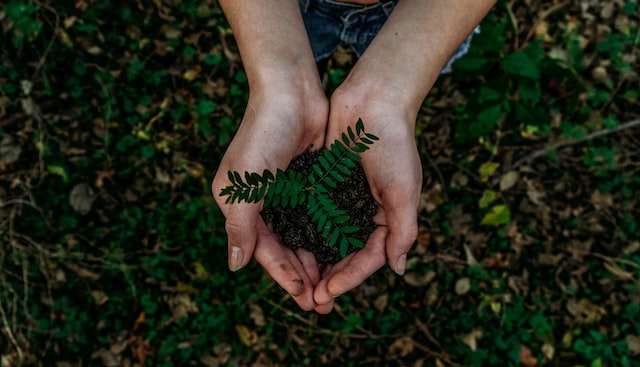
International Women’s Day: Celebrating Achievements and Equality On March 8th
International Women’s Day commemorates the movement for women’s rights and celebrates the social, economic, cultural, and political achievements of women. Its history dates back to 1911 when the first IWD was observed in several countries. The day serves as a reminder to work towards true equality, where all individuals, regardless of gender, are appreciated and respected for their unique contributions.

Psychedelics and the Reclamation of Ancient Healing
Today, the growing spotlight on psychedelic healing has paved the way for a re-evaluation of modern medicine. As the usage of psychedelics, such as magic mushrooms, gains momentum in Western culture, we are not only reconnecting with past healing traditions but also drawing from the wisdom of Indigenous cultures.
The resurgence of psychedelic therapies offers a circular and profound therapeutic process that addresses the root causes of issues, both physical and spiritual. It empowers patients, giving them an active role in their healing journey and restoring a sense of agency.
Psychedelic Healing and Women’s Legacy
Psychoactive plants have long been used for healing, spiritual connection, therapy, and medicine in various cultures. For instance, the Aztecs incorporated sacred psychedelic mushrooms in their religious rites and rituals, while Indigenous Mexican communities utilized these mushrooms for their healing properties, often seeking the guidance of curanderas and curanderos, or witch women and witch doctors.
Similarly, in Asia, female shamans were entrusted with administering plant medicines. Within China, the Wu were female healers adept at performing healing, divination, dream interpretation, and even exorcism. In Indonesia, the majority of shamans were women known as dukun, belian, or wadian, who practiced healing, herbalism, and magic.
Interestingly, Western cultures historically referred to women healers as ‘witches’. However, it is essential to recognize that there are many commonalities and overlaps between ‘witchcraft’ and shamanism, especially concerning their knowledge of plant-based medicine.

Women and Psychedelic Healing
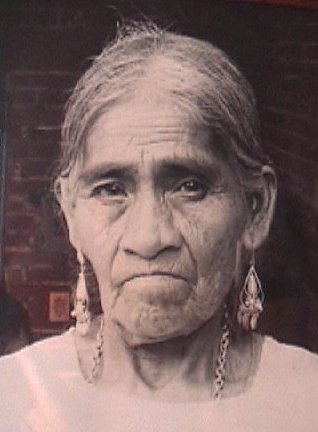
Of course, the full history of women and natural psychedelic healing processes is complex, vast, and partially hidden. However here we will give an lil’ overview of its legacy.
Psychoactive plants have been employed as a tool for healing, spiritual connection, therapy and medicine since ancient times. The Aztecs used sacred psychedelic mushrooms in their religious rites and rituals, and the Indigenous Mexicans used these same mushrooms to heal people. These mushrooms were usually used by curanderas and curanderos. This translates as witch women and witch doctors.
In Asia female shamans administered plant medicines. China had the Wu — female healers who performed healing, divination, dream interpretation, and even forms of exorcism. In Indonesia, the majority of shamans were female and were known as dukun, belian, or wadian. They were practitioners of healing, herbalism, and magic.
Witches and Shamans: More Connected Than You’d Think
Western cultures have, historically, dubbed women healers as ‘witches’. Sure enough, there are many crossovers and similarities between ‘witchcraft’ and shamanism when it comes to plant-based medicine and knowledge. In early modern European culture, women who had this same special command of the uses of plants and herbs, and the ability to concoct salves and medicines, were known as witches.
Unlike shamans however, there is no clear evidence that ‘witches’ induced altered states of consciousness like shamans did. It is likely any records of such things would have been lost or suppressed. Still, there is much speculation and theory on whether witches partook in, or administered, psychoactive substances or not.
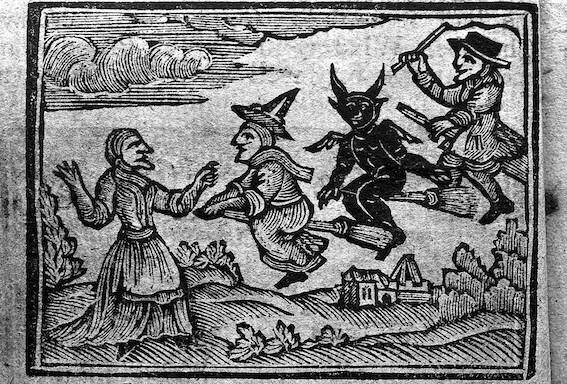
Plants that witches used in the European medieval era are known to have effects on the cognition as well as the physiology of the patient. “Flying Ointment” or “Witch Salve” were terms used to describe a range of different plant-based folk remedies. Some of these ointments are said to have had psychoactive effects, and were used for healing.
The plants and herbs that these women used in their ointments and medicines were often of the Solanaceae family. Among them belladonna, henbane and thorn apple. These plants contain the alkaloids atropine, scopolamine and hyoscyamine which can have psychoactive effects. The effects would have caused vivid dreams and visions.
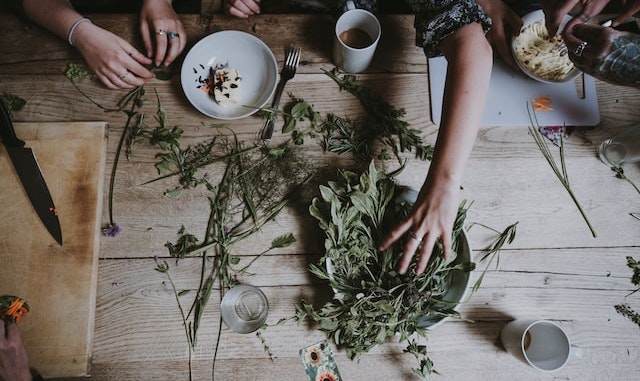
Women’s Empowerment in Psychedelic Healing
In recent years, there has been a notable rise in the active participation of women in the field of psychedelic healing. As healers, therapists, and practitioners, women are reclaiming their ancient roles as caretakers and healers. They are at the forefront of advocating for holistic and nature-based approaches to healing.
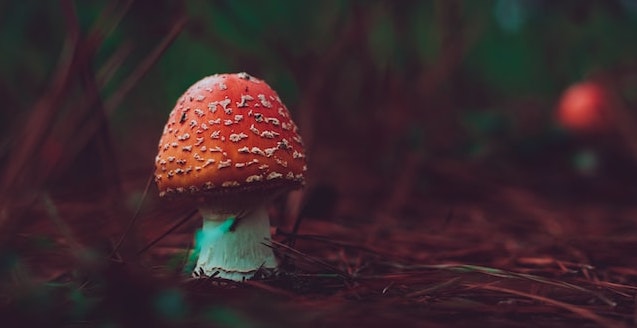
These modern Medicine Women are building communities and organizations that prioritize women’s roles and contributions to psychedelic healing. Their collective wisdom, shared experiences, and unique perspectives add depth and inclusivity to the psychedelic renaissance.
A Journey Towards a Caring Future
As we celebrate International Women’s Day, we extend our heartfelt gratitude to all the women who are shaping the future of psychedelic healing. Together, we envision a future where medicine embraces diversity and equality, where each individual’s worth is recognized and appreciated, and where all people—regardless of gender—can thrive harmoniously.
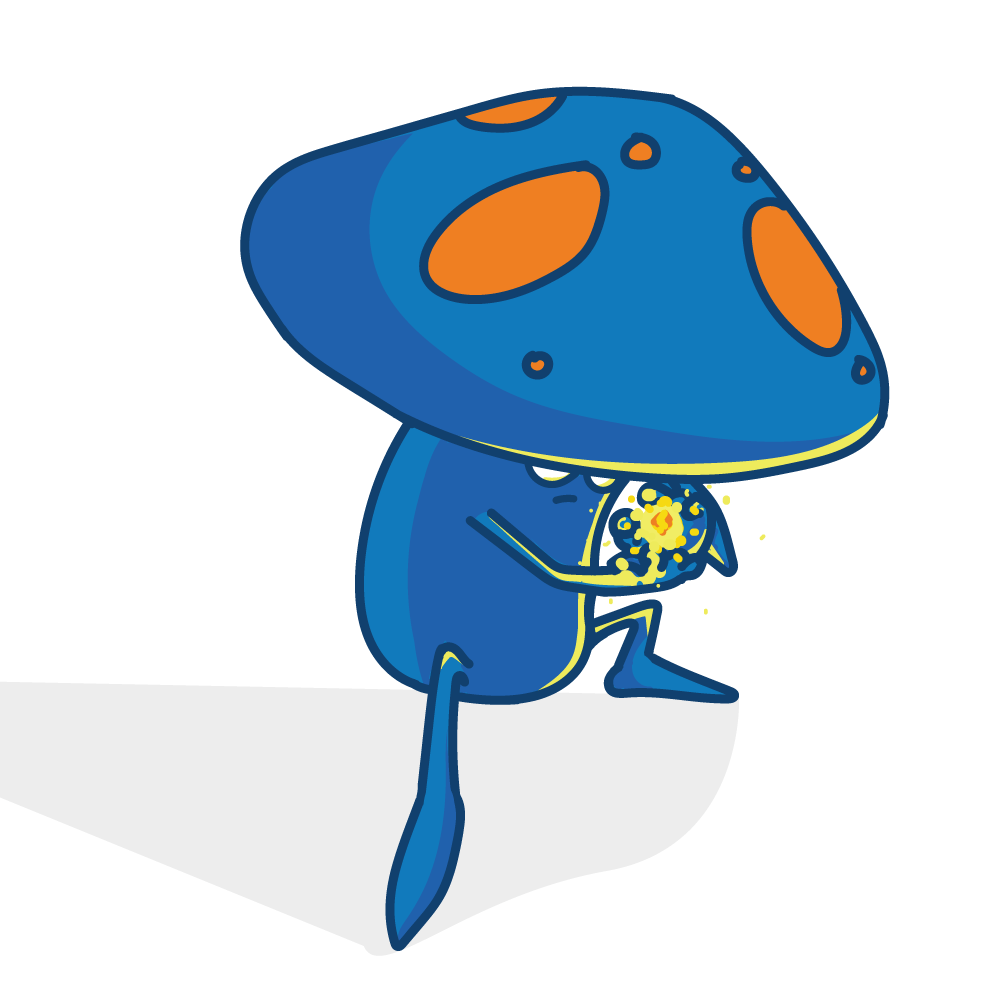
Happy International Women’s Day!





